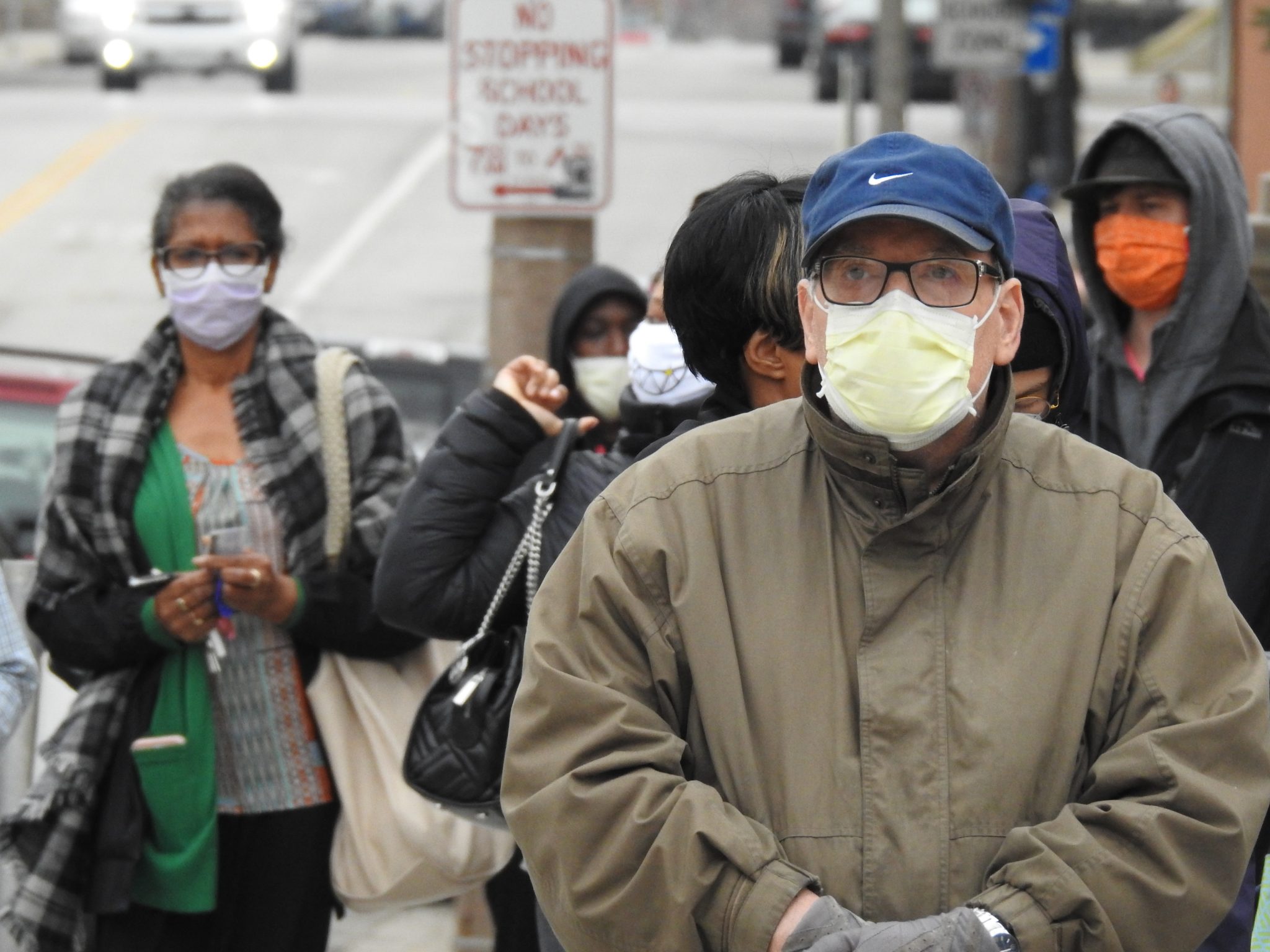On Tuesday, June 2, 2020, eight states and the District of Columbia held primary elections—the largest number of states to hold elections since the coronavirus pandemic necessitated changes to some states’ planned primaries and voting procedures. In the first of ASD’s Q&A series, Elections Integrity Fellow David Levine answers questions regarding key takeaways from Tuesday and what election officials can do to ensure the November presidential election runs smoothly.
On Tuesday, eight states and the District of Columbia held primary elections in the midst of nationwide protests and the coronavirus pandemic. What are the top three lessons—positive or negative—we can learn from those primaries?
Lesson 1: Election officials’ responses to the coronavirus can create additional vulnerabilities in the infrastructure that underpins elections. For example, in Washington, DC, when officials couldn’t get mail-in ballots out to everyone who requested them, officials resorted to accepting emailed ballots. While this measure was undoubtedly done with the best of intentions, email ballots are vulnerable to hacking because voters can’t verify that their choices were recorded accurately. That is why its use has been discouraged by the Senate Intelligence Committee, the National Academy of Sciences, and, more recently, the The Department of Homeland Security’s (DHS) Cybersecurity and Infrastructure Security Agency (CISA), the Election Assistance Commission, the Federal Bureau of Investigations, and the National Institute of Standards and Technology.
Lesson 2: Important election information such as where to vote, when to vote, and how to vote must be shared as clearly and as proactively as possible. For example, nationwide protests against police violence prompted curfews in a number of places Tuesday, including Washington, DC and Philadelphia, that overlapped with voting hours. And in some cases there was confusion about whether voters could be voting after curfew. Last minute changes to election processes can cause chaos and confusion, impacting vote counts, or at least perceptions of the voting process, which bad actors can subsequently exploit to undermine confidence in our democracy.
Lesson 3: Election officials are more than capable of conducting safe and secure elections amidst the coronavirus pandemic, but there is still room for improvement. While there was no evidence of any foreign interference in the June 2nd primaries, there were a number of mishaps that could have served as fodder for disinformation campaigns or worse by bad actors. For example, Maryland had planned to send mail-in ballots to every registered voter in the state ahead of its primary, which was a measure meant to prevent the spread of the virus by limiting the number of people who voted in person. But at least 1 million ballots were delayed. And in Washington, DC, the Board of Elections struggled to fulfill more than 92,000 requests for mail-in ballots, instead of the 6,000 or so it receives in most elections. Then, thousands of people turned out to vote in-person on Tuesday, which contributed to long lines at many polling places well after voting was supposed to end at 8 p.m. Some voters gave up, and others waited hours—in some cases past midnight. If state and local officials can show that their elections are largely being administered as planned in November, that would go a long ways towards ensuring the security and legitimacy of the general election.
DC in particular experienced long lines, conflicting information about polling locations and curfews, and delays in distributing mail-in ballots that resulted in some ballots being emailed—a significant security risk. What can local and state officials do now to avoid such problems in November?
State and local officials can do a few different things to try and avoid these kinds of issues in November. One, hope for the best and plan for the worst. For example, many election officials are smartly trying to encourage voters to vote by mail, or at least vote early, to reduce the inherent risks of in-person voting during the pandemic. But they must also be prepared for the possibility that large numbers of voters will vote in-person on Election Day for any number of reasons, and plan accordingly.
Two, reach out to election officials in other localities, states, and countries, if necessary, that conducted relatively smooth elections amid the coronavirus and seek out best practices that could be applied to their November election.
And three, work with big tech companies, other government agencies, and civil society actors to ensure that important election information is communicated affirmatively and clearly with all eligible voters. Yesterday, there were curfews in some places, such as Washington, DC and Philadelphia, that overlapped with voting hours in these same locales. While leaders in these places made exemptions to the curfew for voters, that information was not relayed as effectively as it could have been, leading to confusion amongst some voters about when voting was taking place.
You’ve made recommendations to state and local government officials as to how to best prepare for the twin challenges of adjusting for voting during a pandemic and securing our election systems against foreign threats. What can the federal government do during this time?
The federal government needs to provide additional money to state and local elections officials, so that they can successfully tackle the challenges associated with conducting elections amid ongoing threats of foreign interference and an unprecedented pandemic. Applicable federal agencies can also continue to proactively reach out to cash-strapped states and localities and help them further secure their election infrastructure.
The views expressed in GMF publications and commentary are the views of the author alone.





